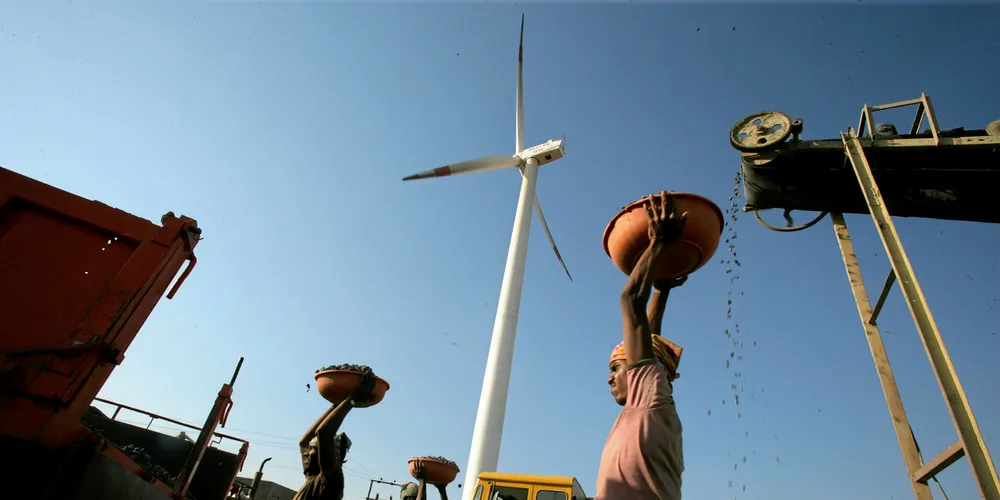India's offshore wind case builds as Gujarat Lidar data delights
Early results show wind speed was under-predicted, says official with EU-backed project team helping pave way for deployment

Early results show wind speed was under-predicted, says official with EU-backed project team helping pave way for deployment
